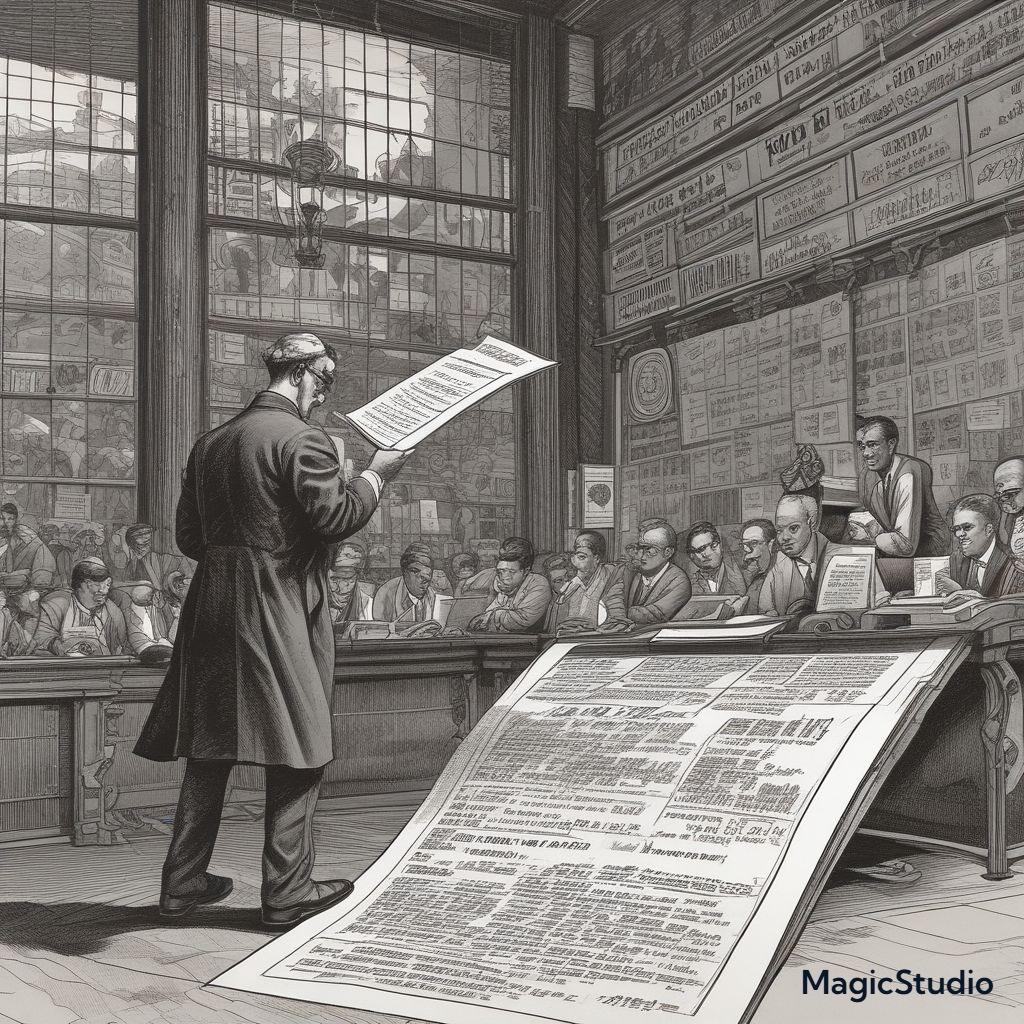Apple has clearly heard the feedback regarding its Vision Pro and its smart glasses ambitions. While the device made waves for its immersive experience and innovative features, critics quickly pointed out several key shortcomings: exorbitant pricing, excessive weight, insufficient processing power, and the overall securement system. Apple seems to have taken these critiques seriously, as the company has recently unveiled a series of new patents aimed at improving one of the key pain points — the securement system of the Vision Pro and future smart glasses.
Apple’s New Securement Concepts
In a surprise move, Apple has bypassed the typical public patent application stage and jumped straight to a granted patent for a new securement system titled “Adjustable Head Securement For Head-mountable Device”. This patent, which was revealed this week, introduces a number of fresh and adjustable concepts that aim to make wearable tech more comfortable and efficient for the user.
The patents, identified by numbers 01, 02, 03, and 04, reveal various approaches to enhancing the fit and wearability of Apple’s head-mountable devices (HMDs), such as headsets, visors, smart glasses, and other related devices like head-up displays. The company has made it clear that the securement system plays a crucial role in the overall user experience, and Apple is aiming for a design that is not only adjustable but also significantly more comfortable than the current Vision Pro model.
The Challenge of Securement: A Key Focus for Apple Engineering Teams
Apple’s engineering teams have always faced the challenge of balancing functionality with comfort in head-mounted devices. The company’s Vision Pro received praise for its capabilities, but the head securement system was one area that drew significant criticism. Many users found the device to be too heavy and awkwardly secured, making extended use uncomfortable.
It’s fascinating to watch Apple’s internal teams, often working on competing concepts, push their designs forward. In some cases, the final solution is a hybrid of features from multiple teams. This collaborative but competitive design environment may have led to the array of securement innovations now captured in the new patents.
Apple’s approach often includes iterations on previously proposed solutions, so it’s possible that the final securement design may blend aspects from these patents in an effort to refine the Vision Pro and future smart glasses. The focus appears to be on adjustability, comfort, and seamless integration with the rest of the device’s functions, ensuring that users get the most from both the immersive experience and the wearable’s fit.
What’s New in the Patents?
The newly-granted patents explore adjustable headbands, strap configurations, and weight distribution techniques that aim to optimize the user experience. These systems take into account the different head shapes and sizes of potential users while distributing the device’s weight more evenly across the head.
Additionally, Apple is experimenting with advanced materials that could reduce the overall weight of its smart glasses or headsets without compromising the necessary components. This means that future Vision Pro models and other HMDs will likely feature lighter, more ergonomic designs that don’t sacrifice performance or stability.
Below is a brief look at the potential elements detailed in these patents:
Adjustable Strapping Mechanisms:
Apple’s proposed systems include adjustable straps that could be customized for individual users, offering better comfort during prolonged use.
These designs would work alongside memory foam padding and gel inserts for added cushioning.
Innovative Weight Distribution:
Instead of the front-heavy feeling experienced with the current Vision Pro, Apple’s patent discusses weight balancing technology that spreads the load more evenly, which could alleviate neck strain.
Smart Material Choices:
Apple seems to be experimenting with lightweight alloys or even composite materials that make the devices less cumbersome, thus improving overall comfort.
Auto-Adjusting Headbands:
Some concepts hint at auto-adjusting headbands that can sense the shape and size of the user’s head and adjust accordingly, ensuring the device stays secure without excessive tightness or discomfort.
Customizable Fit:
Other patents explore options for customizable fit for different users, including those with glasses, offering a more personalized experience.
How These Patents Impact Future Smart Glasses and Vision Pro
Apple’s decision to address user concerns head-on with a revised securement system could pave the way for a much-needed evolution in the wearable tech space. The future of smart glasses hinges on creating devices that blend cutting-edge technology with wearability. Apple appears determined to improve its wearable tech offerings and streamline the user experience, and these recent patents provide a glimpse into what could be coming.
Apple’s Strategic Move
The company’s direct jump to granting patents for the securement system indicates that Apple is moving quickly to refine its designs and possibly bring them to market in the near future. This move also shows how Apple adapts its products based on feedback and is a testament to the company’s innovative mindset.
As smart glasses and head-mounted displays become more mainstream, Apple’s enhancements to the Vision Pro, particularly in comfort and usability, could have a significant impact on how consumers view these devices. If Apple succeeds in solving the comfort and weight issues while maintaining the product’s performance, it could position the Vision Pro and future smart glasses as game-changers in the wearable technology market.
Conclusion
Apple’s latest granted patents reveal a concerted effort to address past criticisms of its Vision Pro and to lay the groundwork for more comfortable, secure, and functional smart glasses in the future. With a focus on adjustability, ergonomics, and weight distribution, Apple is looking to improve the overall experience for users. The company is clearly setting the stage for the next evolution of wearable tech, and it will be exciting to see how these patents play out in future products.




